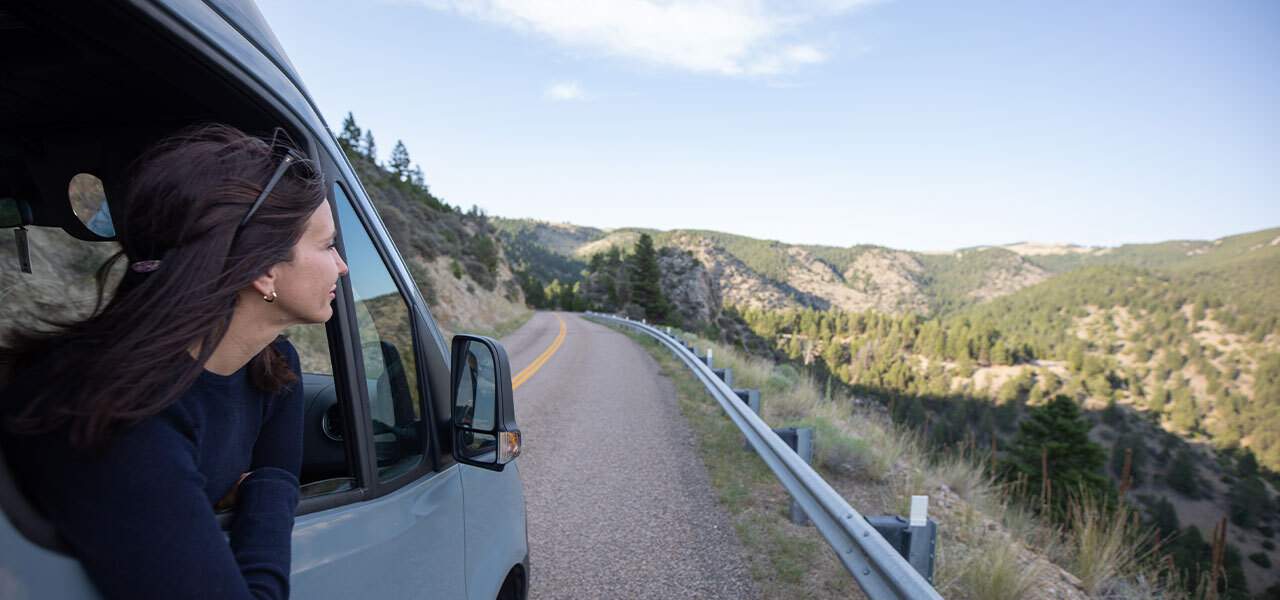
New and noteworthy.
Guides and resources.
Ready to get started.
Travel the way you want it.
Be the first to get doses of destination inspiration, and discount codes.
We care about the protection of your data. Read our privacy policy

We care about the protection of your data. Read our privacy policy